In Diaphragm seal material selection corrosion allowance must be considered :- Reasons and Example.
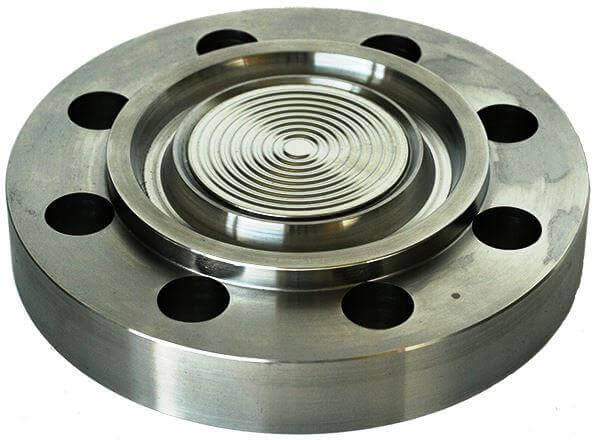
Diaphragm Seal Material Selection
For Material selection our basis is Pipe material specs .
The material , pipe is made up of is surely compatible with process fluid so it must work with our instruments also. BUT THIS NOT THE CASE ALWAYS !
AND why this new thing to check with corrosion allowance for material selection of Diaphragm seal ?
Well I will share a project scenario which would make this simple to understand
Diaphragm seal material specified in Datasheet that I found was Duplex 2205
And the pipe material spec for that line stated Duplex 2205 but did NOT mention trim material .
So as the pipe material (Duplex) is compatible with the fluid so the Diaphragm seal material was also selected as Duplex 2205 by requisition engineer .
Here’s the catch !!!!
Piping guys have pipe with good thickness (also referred as schedule ) so that could be compatible for corrosion allowance for them but not for us .
Most metal diaphragms are in the range of 0.002˝ or 0.004” and mostly up to 0.006” (inches) thick for design reasons.
And the pipe class had a CORROSION & EROSION RATE of 0.03 inch/yr this value looks insignificant but compare this to diaphragm seal
i.e in 6 months 0.015 “ would be corroded & eroded and in 3 month 0.0075 “ so your diaphragm would last for up till maybe a month or more ONLY !!!! (depending on its thickness)
And imagine this , In one of Hydrocracker unit i was working before the corrosion allowance was 0.125”/year so much that ½ inch pipe were not recommended and imagine our SMALL INNOCENT DIAPHRAGM EXPOSED TO SUCH HARSH FLUID !!!
SOLUTION :-
Usually the above being one of the governing factor why we use the TRIM MATERIAL mentioned in pipe spec for diaphragm seal application .
Like example for Caustic service Monel diaphragm had a corrosion rate of of <0.002 in/year which was the TRIM material when the pipe material was SS . so still the diaphragm has to replace maybe in a year or 2 depending on thickness !
Also when the corrosion & erosion rate is very high like 0.125 and above better to be safe and consult with materials that is the trim material sufficient for diaphragm seal or extra thick monel or some other higher material must be specified !
Which has happened in few cases !!! so choose wisely !!! ( For majority of the cases TRIM material is sufficient but you know there is no harm in being more safe !!! )
PS: This is as per best of my understanding I still have a long way to go but this is an attempt to share along the way what I am learning ,if this needs any correction I would be very glad to know !!
Author : Asad Shaikh
Profile : Linkedin
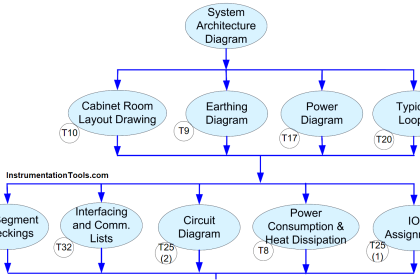
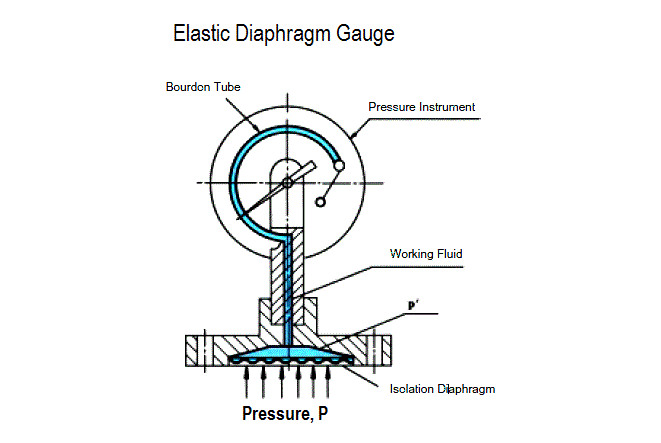
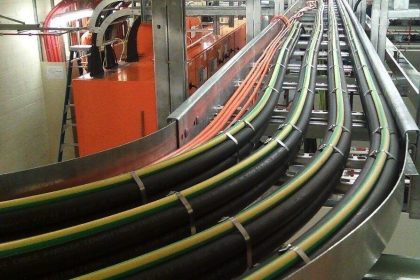
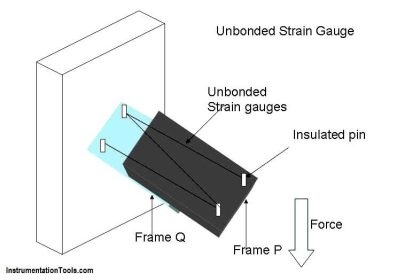


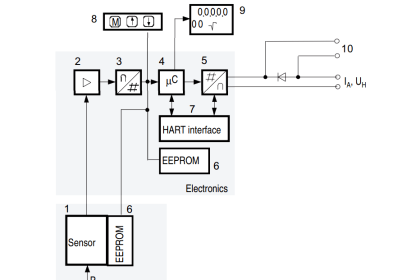

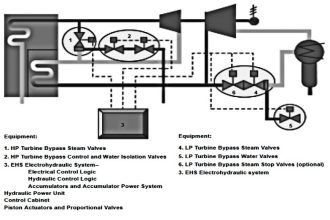
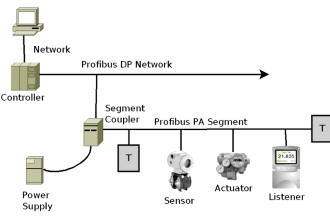
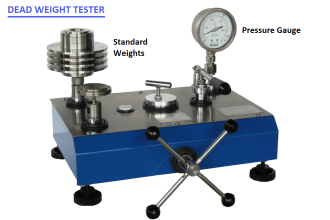

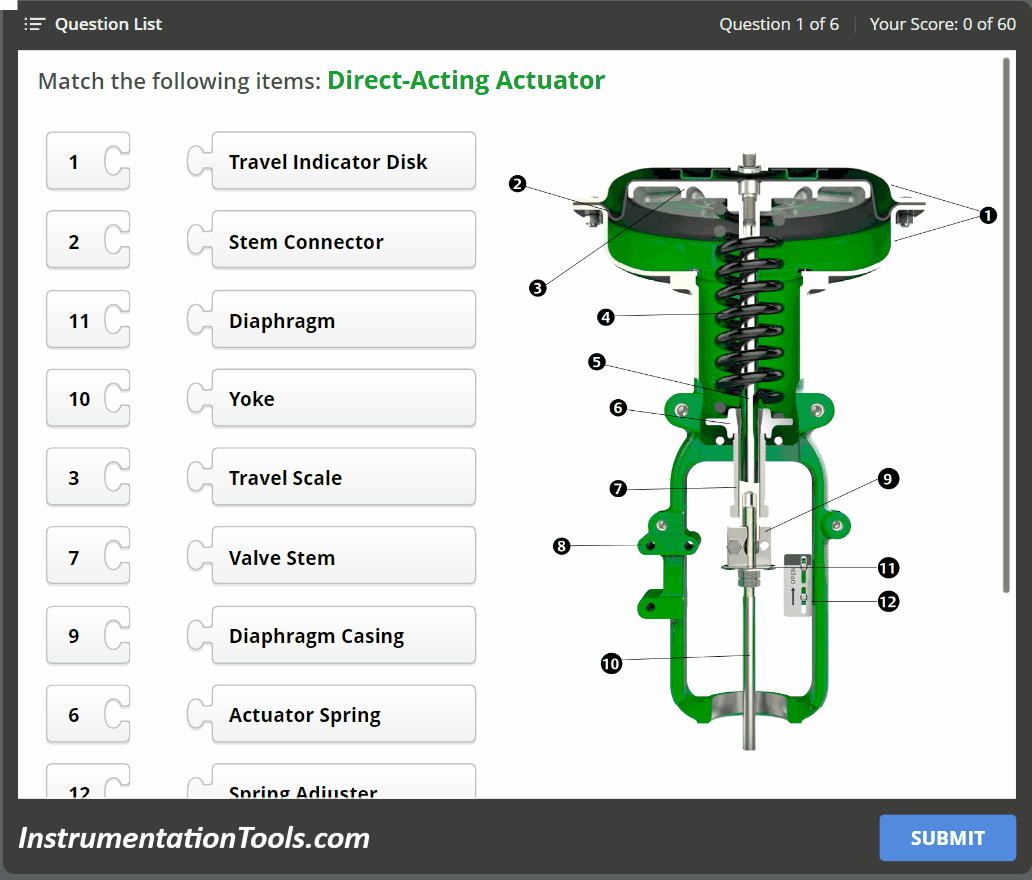
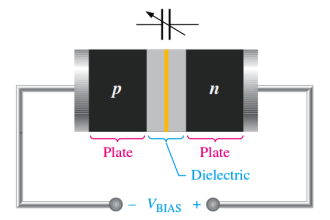
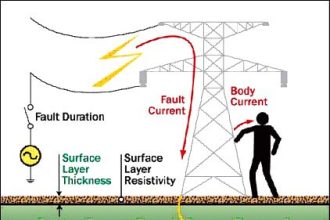
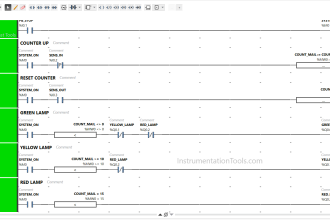

Kudos Asad
For sharing such a precious article.
I’ve no words to appreciate your hard work.
Once again thanks.